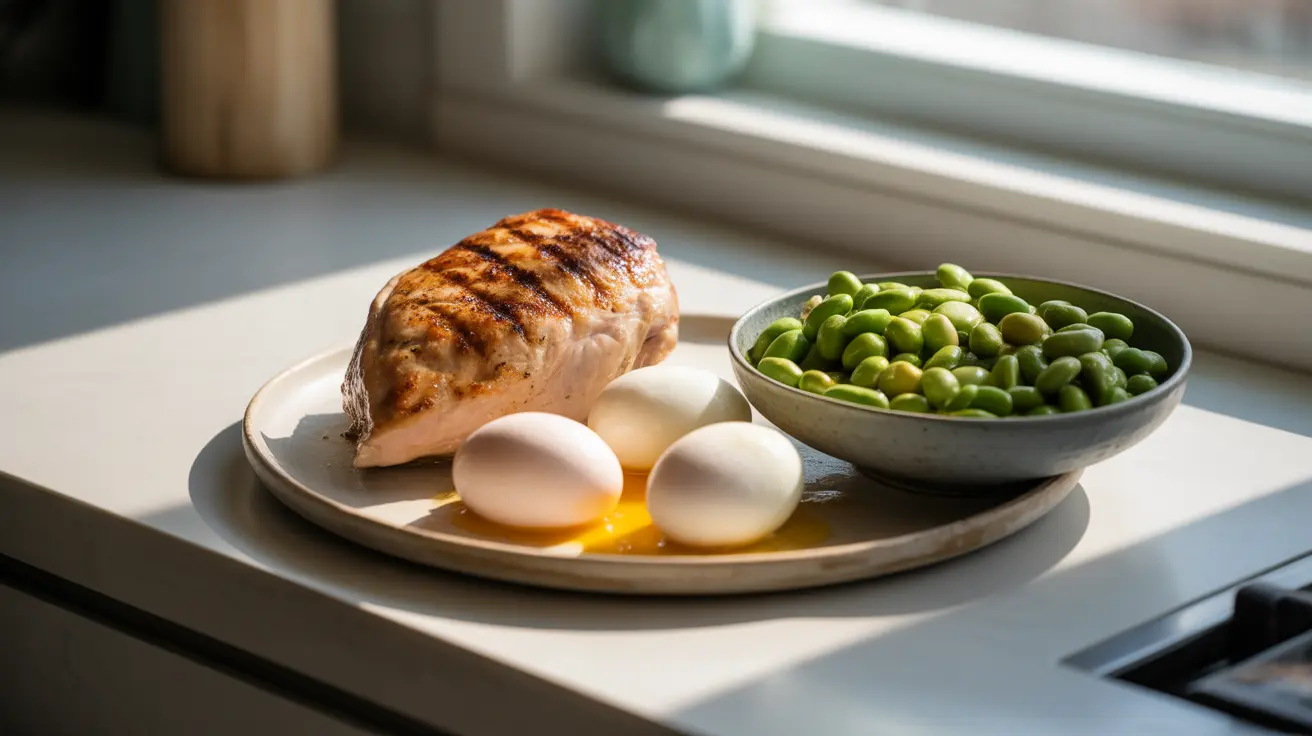Leucine is a crucial amino acid that plays a vital role in muscle protein synthesis and overall health. Understanding how much leucine you need per day can help optimize your fitness goals and maintain muscle mass, especially as you age. This comprehensive guide will help you navigate the world of leucine intake and its importance in your daily diet.
Understanding Leucine and Its Role in the Body
Leucine is one of the three branched-chain amino acids (BCAAs) and is considered the most important for stimulating muscle growth. As an essential amino acid, your body cannot produce it naturally, meaning you must obtain it through diet or supplementation.
Recommended Daily Leucine Intake
Research suggests that the optimal leucine intake varies depending on several factors, including age, activity level, and overall health goals. For most adults, the general recommendations are:
- 2-3 grams per meal (minimum threshold for muscle protein synthesis)
- 6-8 grams total daily intake for healthy adults
- 9-12 grams daily for active individuals and athletes
- Higher amounts may be beneficial for older adults
Best Food Sources of Leucine
Meeting your daily leucine requirements through whole foods is the most natural and beneficial approach. Here are some excellent sources of leucine:
Animal-Based Sources
- Chicken breast (2.5g per 100g)
- Beef (2.3g per 100g)
- Eggs (1.1g per large egg)
- Greek yogurt (0.8g per 100g)
Plant-Based Sources
- Soybeans (2.3g per 100g)
- Pumpkin seeds (1.2g per 100g)
- Lentils (0.6g per 100g)
- Quinoa (0.8g per 100g)
Timing Your Leucine Intake
The timing of leucine consumption can significantly impact its effectiveness. For optimal muscle protein synthesis, consider these guidelines:
- Spread intake across 3-4 meals daily
- Include a leucine-rich protein source with each meal
- Consume within 30 minutes post-exercise for better recovery
- Maintain consistent daily intake patterns
Special Considerations for Different Populations
Different groups may require varying amounts of leucine to maintain optimal health:
Athletes and Active Individuals
Athletes may need higher amounts of leucine to support muscle recovery and growth, potentially requiring 12 grams or more per day.
Older Adults
Seniors often require more leucine to achieve the same muscle-building response as younger adults, with recommendations ranging from 9-12 grams daily.
Vegetarians and Vegans
Plant-based dieters should pay special attention to combining protein sources to meet their leucine needs, as plant proteins typically contain lower amounts of this amino acid.
Frequently Asked Questions
What is the recommended daily intake of leucine for muscle protein synthesis? The recommended daily intake for muscle protein synthesis is typically 6-8 grams for healthy adults, with 2-3 grams per meal being the minimum threshold to trigger muscle protein synthesis.
What are some high-leucine foods that can help improve muscle health? High-leucine foods include chicken breast, beef, eggs, Greek yogurt, soybeans, pumpkin seeds, and quinoa. Animal sources generally provide higher amounts of leucine per serving compared to plant-based sources.
How does leucine supplementation affect blood sugar levels, and is it safe for diabetics? Leucine can influence insulin sensitivity and glucose metabolism. While generally safe for diabetics, it should be monitored as it may affect blood sugar levels. Consult with a healthcare provider before starting supplementation.
What are the benefits and potential risks of consuming too much leucine? Benefits include improved muscle protein synthesis, better recovery, and maintenance of muscle mass. Risks of excessive intake may include blood sugar fluctuations and potential imbalances in other amino acids. Stay within recommended guidelines unless directed otherwise by a healthcare professional.
How can older adults incorporate leucine-rich foods into their diet to combat muscle loss? Older adults should aim to include high-quality protein sources at each meal, focusing on easily digestible options like Greek yogurt for breakfast, chicken or fish at lunch, and lean meat at dinner. Combining with resistance exercise can enhance the muscle-preserving effects.




